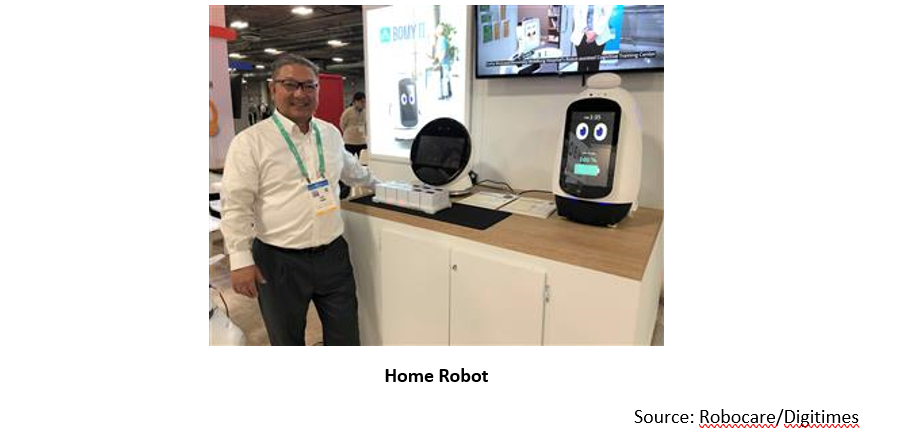Cable Networks Enable Emerging Services
 By Chris Bastian
By Chris Bastian
SVP, Engineering/CTO, SCTE-ISBE
Thousands of new services and technologies were unveiled by more than 4,000 companies during January’s CES 2020. Spanning four days and over 2.9 million square feet (or more than 50 football fields) in Las Vegas, CES is the largest consumer electronics show in the world. While there is intense media focus on the new TVs and cars, the show also dedicates significant space to the Internet of Things, Gaming, Robotics and the Smart Home.
Working in the cable industry, I focus on emerging services requiring network connectivity, which seem to be everything these days, from refrigerators to wearables to home assistant robots.

Different services and applications have unique requirements for network connectivity. Historically, the headlines were about the fastest speeds, with 1 Gbps being viewed as a significant milestone. Over 80% of homes served in the U.S. now have 1 Gbps available in their service area. The reality is that few services actually require 1Gbps connectivity, but offering this much capacity does help with concurrent users in the home – for example, four family members each consuming 200 Mbps.
While speed will continue to be a significant metric to monitor and stay ahead of the service demand curve, low latency and high levels of security and reliability are also metrics that network operators must engineer into their infrastructures to support these emerging services. For example, many financial services and gaming platforms require low latency. Telemedicine and security cameras require both high security and high reliability. Network connectivity should therefore not be viewed simply as a speed race, but rather as a multi-variant offering of speed, latency, security and reliability.
The cable industry has recognized the increasingly higher benchmark for network connectivity and launched the 10G platform at CES 2019. While speed is still a central pillar of this platform, latency, security and reliability are also foundational.
To support these connectivity requirements, here are some of the 10G developments currently underway:
- CableLabs will soon complete the latest DOCSIS® specification, DOCSIS 4.0. DOCSIS 4.0 supports both Extended Spectrum DOCSIS (ESD) and Full Duplex DOCSIS (FDX) capabilities. ESD will expand the available coax spectrum to 1.8 GHz (from 1.2 GHz available today with DOCSIS 3.1). More available spectrum translates into more capacity for customers. FDX provides for concurrent use of the coax spectrum for downstream and upstream traffic, through interference cancellation and smart scheduling technologies.
- Low latency DOCSIS (LLD) is also supported in the DOCSIS specification suite. LLD reduces latency for those applications that need it, without slowing down other traffic. LLD introduces an approach wherein data traffic from applications that aren’t causing latency can take a different logical path through the DOCSIS network without getting hung up behind data from applications that are causing latency. {for more see https://www.cablelabs.com/technologies/low-latency-docsis}
- Another CableLabs innovation is Micronets. Micronets is an on-premise network management system that manages all of the user’s devices and connections, monitors traffic flow and autonomously addresses security vulnerabilities. {for more information about Micronets, see https://www.cablelabs.com/technologies/micronets}
- SCTE•ISBE has launched a Standards working group focused on the human factors of network reliability. No matter how much an operator automates their network, there is still the human piece of the puzzle. This working group will produce operating best practices to minimize human errors, resulting in higher network reliability.
To learn more about the 10G platform, please visit www.10gplatform.com
I always look forward to CES each year to see where the consumer electronics field is going. I am continually confident that the cable industry is moving aggressively in the right direction to provide exceptional network connectivity to support these emerging services.
The SCTE-ISBE Standards group also is launching several new working groups focused on emerging services such as Aging in Place, Telemedicine, Smart Cities and Autonomous Vehicles. If you are interested in participating in, and guiding how, these new services will be designed, deployed, monitored and maintained across cable networks, then check out www.scte.org/standards to see how you can join in.